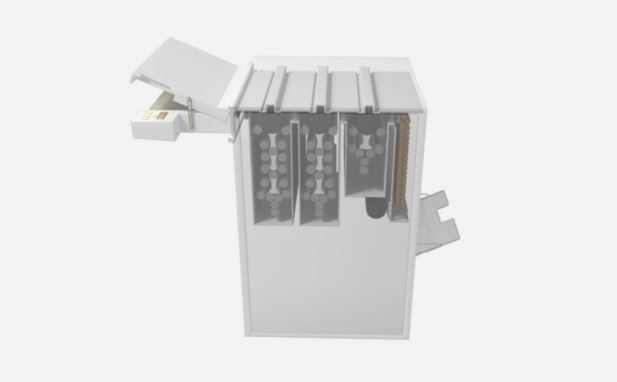

Library > Radiography > Radiography Theory > Radiographic Processing
Try Simtics for free
Start my free trialRadiographic Analog Processing

Materials Included:
-

-

-

-

Check our pricing plans here
Unlimited streaming.
This theory module provides a thorough introduction to radiographic film and film processing, handling and storage. It also covers special imaging methods such as tomography and magnification radiography. It offers students and practitioners the knowledge of how analog images are created on film, and how to process radiographic film accurately, in preparation for working with real X-ray equipment.
You’ll learn
- how radiographic film is constructed and the different types of film
- to identify the chemical components, interactions and processes required to create a radiograph
- to identify the different systems within the automatic processor
- the characteristics of intensifying screens and their care
- how to handle and store radiographic film
- what specific precautions are required to meet health and safety standards when processing radiographic film
- the principles of tomography and magnification radiography
- much more (see “content details” for more specific information)
- Discuss the construction of radiographic film
- List and define the characteristics of x-ray film
- Understand and describe the chemical components/interaction and process required to convert a latent image to a ready-to-read radiograph
- Explain the systems of the automatic processor
- Describe the component layers, properties, and care of a radiographic intensifying screen
- Describe image noise and image blur
- Explain the Patient's Bill of Rights, HIPAA Privacy Rule, and Patient Safety Act (see reference)
The SIMTICS modules are all easy to use and web-based. This means they are available at any time as long as the learner has an internet connection. No special hardware or other equipment is required, other than a computer mouse for use in the simulations. Each of the SIMTICS modules covers one specific procedure or topic in detail. Each module contains:
- an online simulation (available in Learn and Test modes)
- descriptive text, which explains exactly how to perform that particular procedure including key terms and hyperlinks to references
- 2D images and a 3D model of applied anatomy for that particular topic
- a step by step video demonstration by an expert
- a quiz
- a personal logbook that keeps track of all the modules the learner has studied and how long
For more details on features and how your students can benefit from our unique system, click here.





